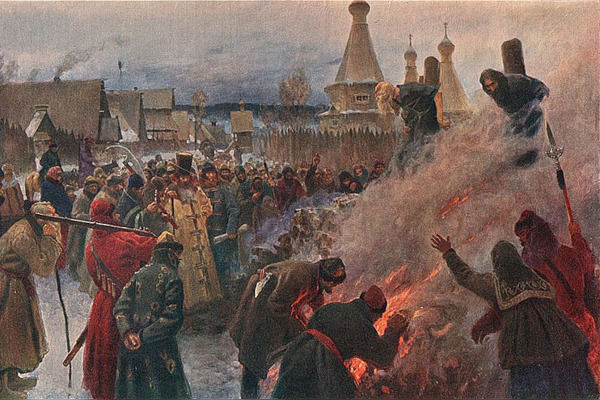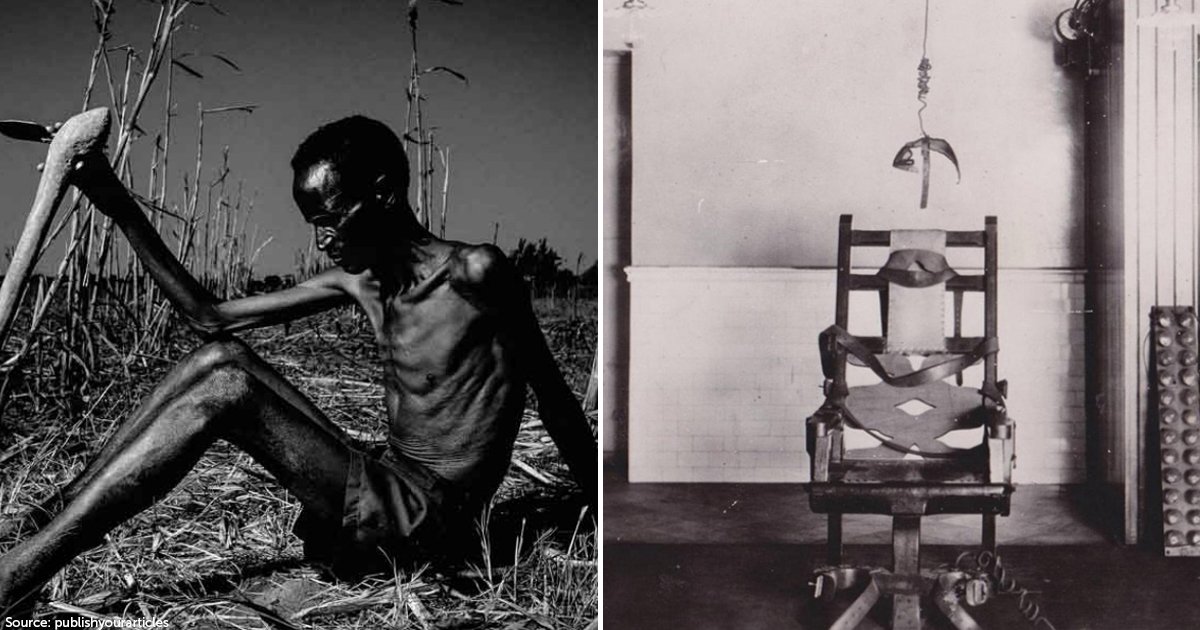4. Decompression
In 1983, four divers were inside a decompression chamber on the Byford Dolphin oil rig, when it explosively decompressed. The air pressure went from nine atmospheres to one in less than a second. The damage it wrought on one of the divers was nothing short of catastrophic.
Everything in the thoracic and abdominal regions, including his spine, were forcibly ejected from the body and flung up to 30 feet. His chest, organs and trachea were found scattered about the chamber.
The sudden drop in pressure will have caused the blood to boil and the autopsy found high levels of fat in the blood that had essentially “dropped out” of its dissolved state as it boiled.
The saving grace for the Byford Dolphin incident is that it was extremely quick, which is more than can be said for the Russian Soyuz-11 mission.
As the crew re-entered the atmosphere in 1971, a seal leaked, causing the cabin to depressurise. Any gas trapped in the lungs expands and damages the delicate tissue, particularly if the victims listened to their instinct to hold their breath as the air escapes.
The crew would have felt as though they had been kicked in the chest, unable to draw breath. Bubbles of gases dissolved in the blood will begin to form and travel around the circulatory system, causing extreme pain and obstructing blood flow, they would probably have experienced terrible muscle cramps.
The entire crew were found dead from asphyxiation by the time they made it to the ground.
3. Burning

You know those “would you rather” questions? If somebody gives you the option of burning to death or freezing to death, choose freezing.
The human race has come up with a sickeningly vast array of methods to kill one another with fire, from the classic burnt-at-the-stake style to being roasted alive in the the Brazen Bull. There are then, of course, the people who die in fire by accident. Whilst each has its subtle differences, you can be sure has hellfire itself that none is exactly pleasant.
If you’re lucky, then the toxic fumes from the fire will get you first, and in house fires, up to 75% of people die of carbon monoxide poisoning rather than burning. As much as this sounds like a mercy, it’s often the reason people get caught in fires in the first place, as the toxic fumes will render you unresponsive before you can roll out of bed.
Where the cause of death is actually more of a flames-meet-skin affair, the results are pretty harrowing.
Imagine touching a hot plate on the oven, even if you snatch your hand away at top speed, it still fricking hurts. Now imagine that you can’t snatch the hand away.
The immediate acute pain is felt as the flames get close to the skin, stimulating the nerves and beginning to cook the flesh, to begin with, this will actually boost the skin’s pain sensitivity (sort of your body’s way of trying to get you outta there). After a short while, the top layer of skin containing the most sensitive nerves will have burnt away, and a deeper, duller pain will set in. You’ll probably stay concious long enough to smell your own body cooking.
Eventually, burn victims will die of blood and fluid loss causing the heart to stop.




































Discussion about this post